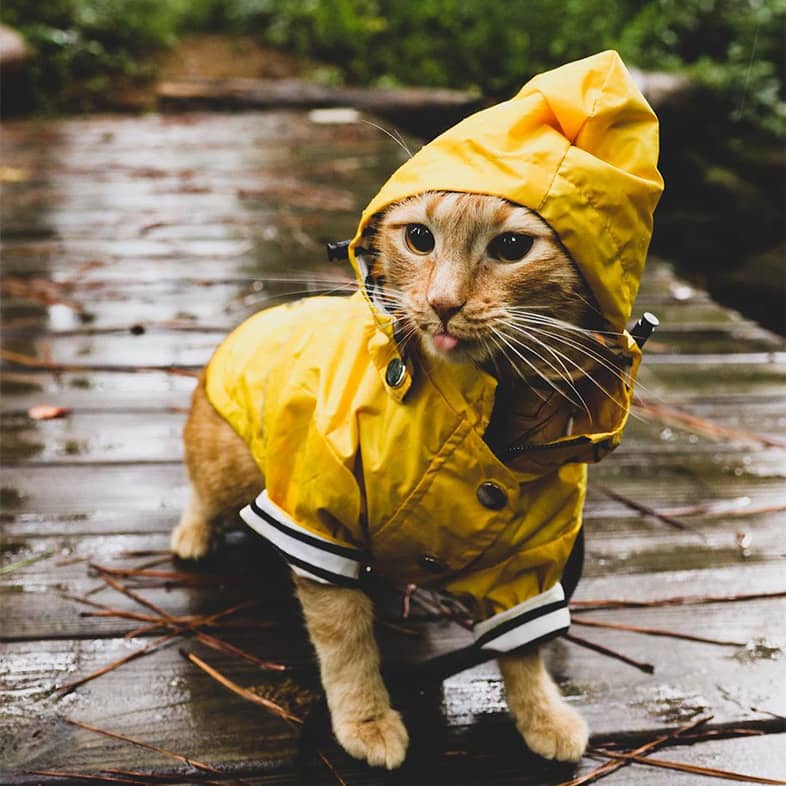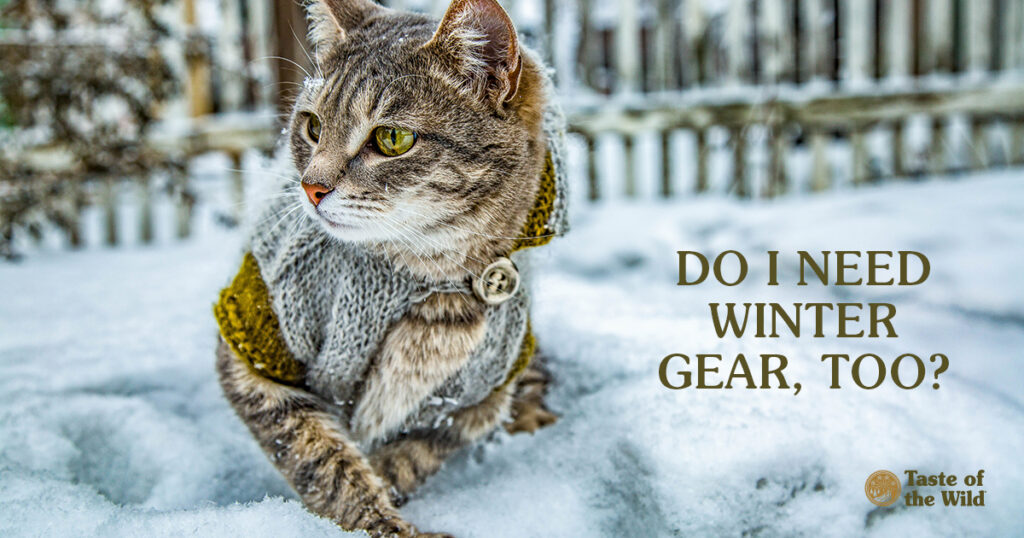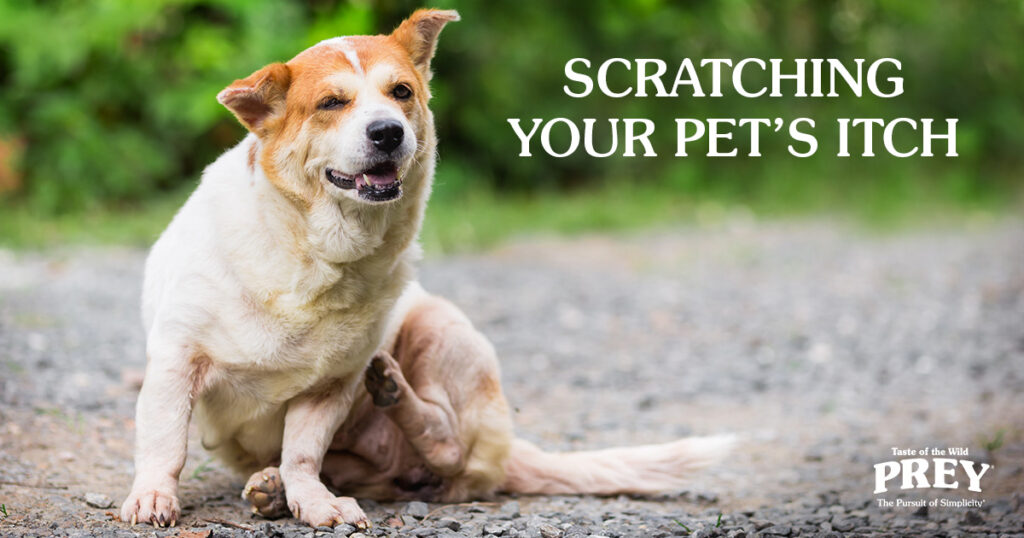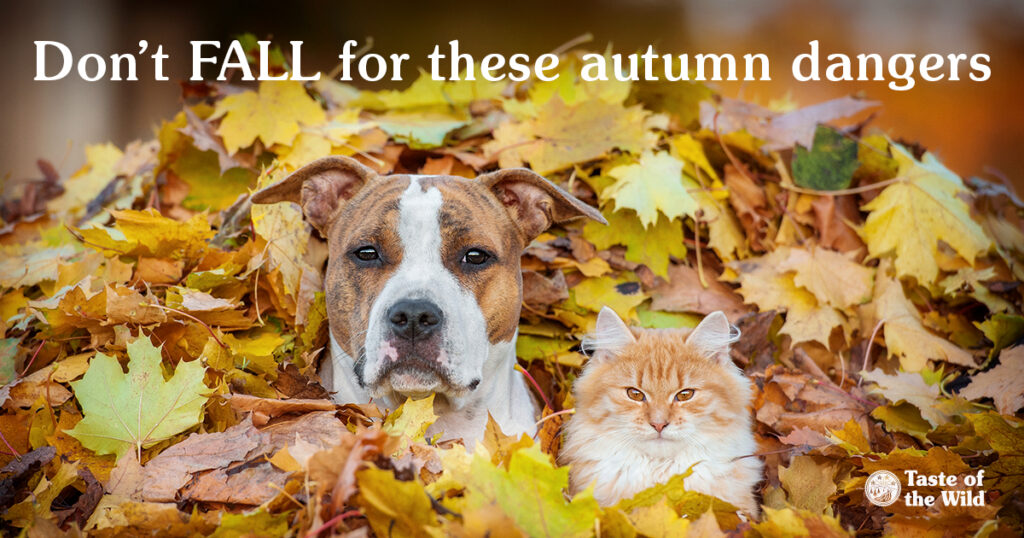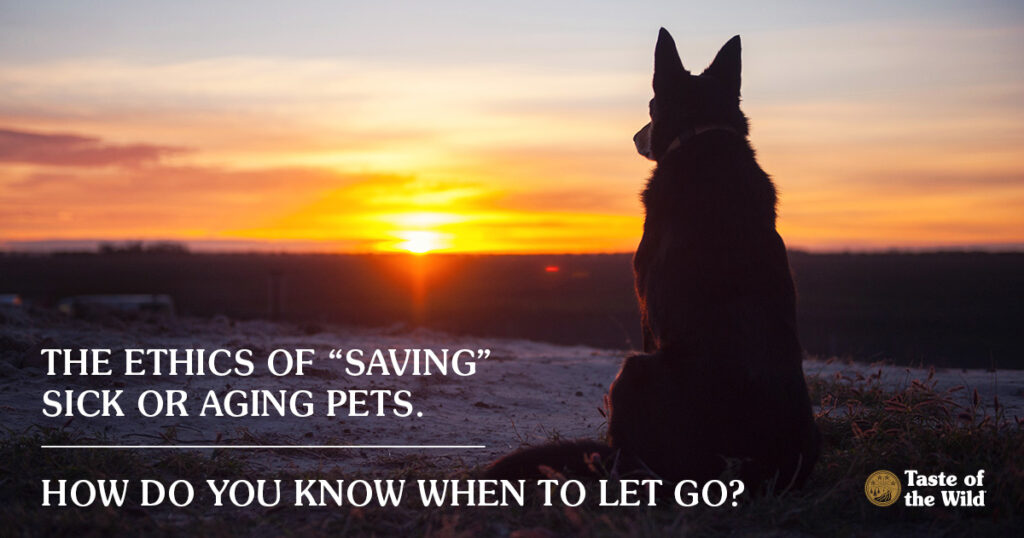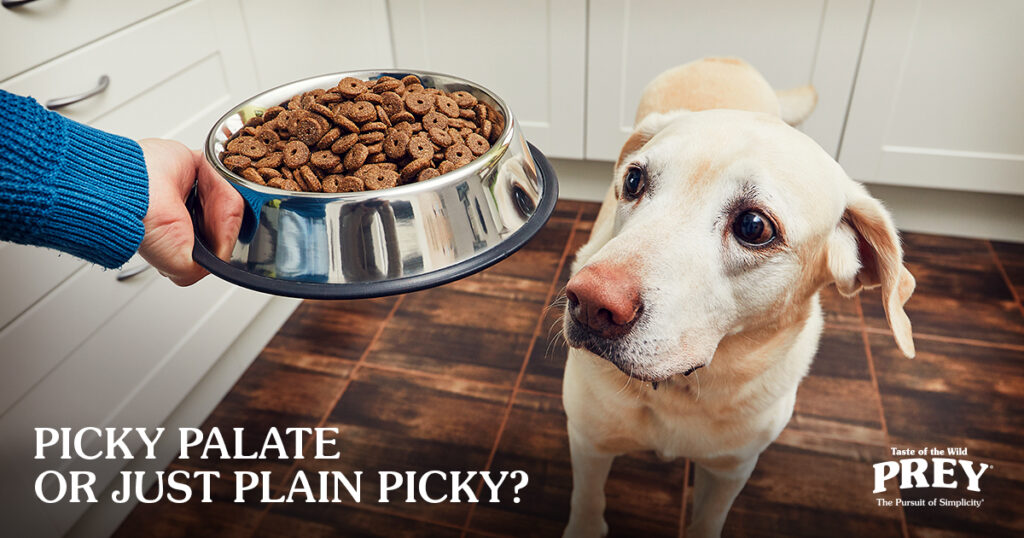
For weeks, you and your dog have been cooped up inside, channel surfing. Isn’t it time you both went outside? Even if you’re not athletically inclined, ice fishing is the perfect sport to help break the monotony of winter. Here’s what you need to think about to help keep your dog safe and warm.
Does Your Dog Like the Outdoors?
Huskies and other arctic breeds are made for the snow, but your chihuahua, Chinese crested dog or pug, not so much. If your pup spends most of the time curled next to the radiator, they might really prefer to stay at home. For dogs with arthritis, the damp and cold can make their joints ache and slipping on the ice could lead to injury. In these cases, your dog may be more comfortable at home.
Pack Dog Gear
If you plan to be outside for any length of time, consider outfitting your dog with an insulated, waterproof coat. While it’s usually easy to walk on snow, ice can be another matter. Dog booties can provide traction and help prevent ice balls from forming in the tufts of hair between your dog’s toe pads. And don’t forget your dog’s leash.
If you’ll be inside an ice fishing house or tent, bring a blanket for your dog to cuddle into. Your pup will also need food and fresh water and perhaps a stuffed Kong to stay occupied while you’re waiting for a nibble.
Ice Safety Comes First
The ice should be fresh and clear and a minimum of 4 inches in depth for ice fishing if you’re traveling on foot, according to the Minnesota Department of Natural Resources. Of course, the ice should be much thicker, 8 to 12 inches, if you plan to take a car — and more if you have a truck.
Secure Your Dog While Setting Up Camp
You don’t want your dog running out to areas of open water while you’re busy setting up your equipment. So it’s best to keep your pup in the car until you’ve got everything situated. Then take your dog for a good walk to wear off energy before you settle down to some serious angling.
Ice Fishing “Al Fresco”
If you’re fishing outdoors, remember that it can be dangerous for your dog to run loose. Dogs can fall through weak spots in the ice or into holes left by other anglers. What’s more, some people pour antifreeze, which is often toxic to dogs, into the hole to prevent ice from forming before they return.
It’s also important to be considerate of other anglers. Some may not appreciate your dog getting tangled in their fishing lines, urinating on their tent or getting into a fight with their dogs. For your dog’s safety and that of others, keep your dog on a leash or on a cable attached to a spike that’s been drilled into the ice.
If you transported your equipment on a sled, line the sled with a blanket where your dog can curl up. If not, bring a rubber-backed rug so your dog can get off the ice (especially if your dog won’t tolerate booties).
Inside the Ice Fishing House
There are plenty of dogs who can fall down a 10” ice fishing hole. Especially if they’re chasing after a flickering fish. So position their bed far enough away from the hole that they won’t be tempted to leap into the hole or pounce on a perch that’s flapping on the ice. Dogs may also be attracted to peanut butter and other types of bait on your hooks, so keep them out of your pet’s reach. Finally, keep your dog away from the heater to prevent burns.
Your dog will appreciate spending quality time with you in the great outdoors. Or almost as much as he or she will love sharing your tasty perch dinner.

